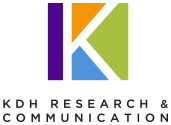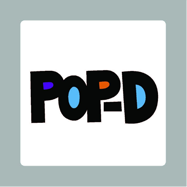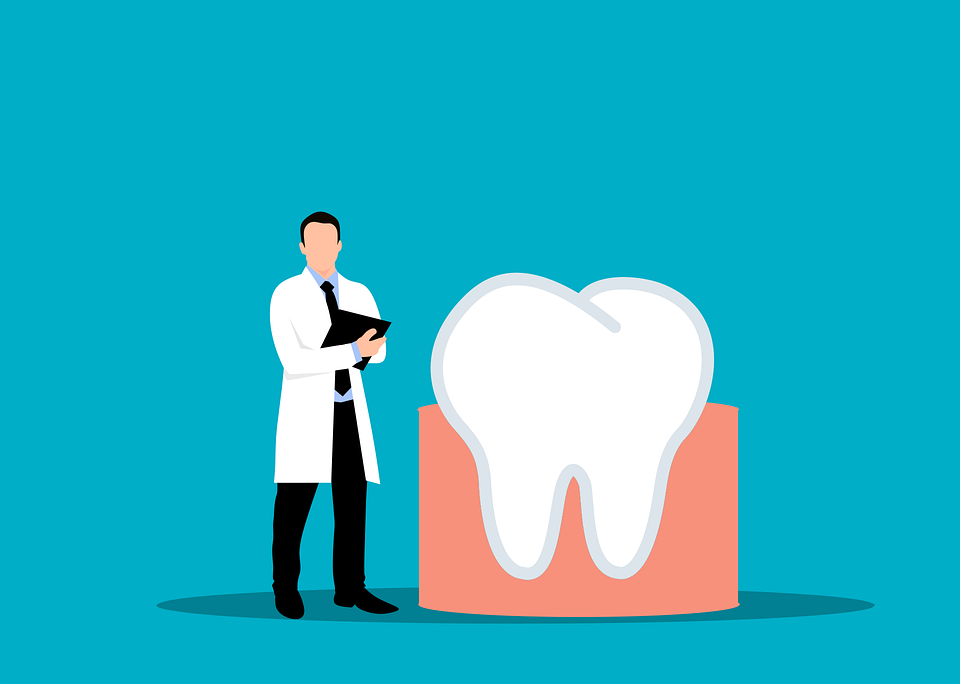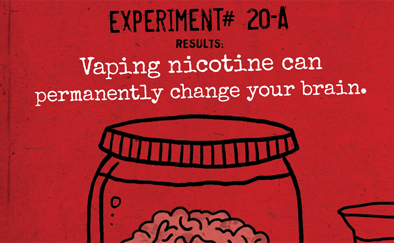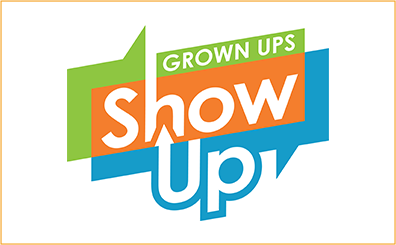KDHRC created Proper use of Prescription Drugs as a school-based curriculum that prevents prescription drug abuse through a lens of science education focused on brain functioning and neurotransmission.
Challenge
Nationally, 17 percent of youth ages 12-17 abuse prescription drugs sometime in their lives. And in some rural areas, as many as 34 percent of youth report prescription drug abuse. Teen motivations for prescription drug abuse are to self-medicate rather than to get high, feel good, or fight boredom. Sharing of prescription drugs occurs frequently among family members and friends. And media messages about the use and safety of prescription drugs are widespread.
Combating this abuse is challenging because the drugs are legal, easy to obtain, and are often beneficial when used as directed.
Approach
KDHRC created Proper use of Prescription Drugs (POP-D) as a school-based prescription drug abuse prevention program. POP-D uses science education to specifically address the unique challenges of Rx abuse. The curriculum has six classroom lessons for seventh and eighth grade that explore prescription drug abuse through a lens of science education focused on brain functioning and neurotransmission.
The program emphasizes the powerful effects of prescription opioids, depressants, and stimulants on typical brain functioning. Each lesson has a Teacher’s Guide, PowerPoint slides, student materials, and in-class activities.
The goal of POP-D is to use standards-based learning to increase adolescent understanding of the risks of prescription drug abuse and encourage responsible, safe use of these powerful medicines.
Findings
Teachers, parents, and students who were exposed to POP-D gained knowledge, protective attitudes and norms, self-efficacy, and intentions related to the prevention of teen prescription drug abuse, demonstrating that POP-D is an effective prevention program.
Participant Feedback
“Seeing how prescriptions affect the brain and what happens – students made connections and were able to grasp it.” — POP-D Teacher
“It was amazing to them that the brain was growing more now than any time since they were a baby and it really hit home how important it was to take care of their brain.” — POP-D Teacher
“Students were engaged when reading Rx labels and it really clicked. They have to read their own labels, they’re getting to an age where they have to take things themselves.” — POP-D Teacher
Products
To learn more about POP-D or purchase the curriculum, click here.
Related Research
Publications related to POP-D are provided below.
